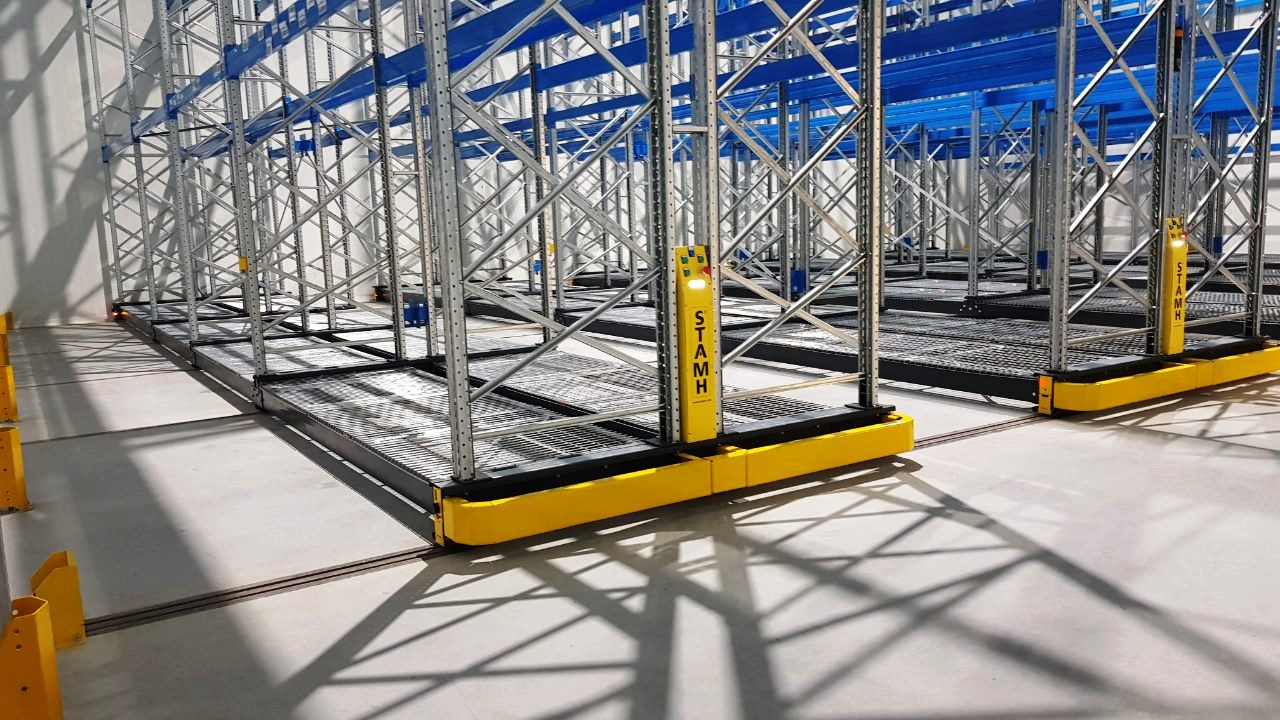As of today, Smart Robotics, a global leader in picking automation as a service for warehouses and logistics processes, is announcing the official launch of their latest cobot – the Smart Fashion Picker. The reliability of the cobot, and its ability to run continuously, ensures quicker return on investment – whilst answering the labour crisis in logistics and bettering the physical and mental health of warehouse employees.
The Smart Fashion Picker addresses the pain point of transformation within warehouse automation. The need arises from the notion that the warehouse sector is quite late to automation, compared to other industries, and is now looking at a rapid transition to modern processes. Transformation is greatly needed since the efficiency of piece picking in warehouses plays a key role in creating a frictionless course of the logistics to follow.
The Smart Fashion Picker’s name is derived from its function – the cobot can pick a large variety of fashion items, which are placed in protective wrapping, straight from a cart or bin. The vision sensors, motion and task planning algorithms help the cobot to calculate what to pick next, as well as how to pick and place the item accurately into the next bin, plus it can easily detect when the bin is empty or filled.
“We’re super excited to introduce this product to the wider market after successful implementation with our initial customers. It has proven to deliver steady, reliable performance with the throughput necessary to be relevant in a warehouse whilst it is able to cope with the often-changing large product ranges that are typical for the industry. This product is an important step in our master plan to reduce repetitive and harmful work in warehouses around the globe.” – Johan Jardenvall, CEO of Smart Robotics.
Picking items in warehouses is a repetitive process that’s hard-wearing on the people who manually pick and place items. Automating thus enables warehouse employees to tend to the robotised systems, rather than wearing themselves out by picking and sorting items.
The cobot is capable of handling items at a pace that matches human pickers, requiring very little oversight. The system ensures reliable and uninterrupted operation and doesn’t require any special training from its operators. Not to mention, it can safely be managed by people of all skill levels.
In addition, the Smart Fashion Picker is smarter in its ability to adapt with changing circumstances around it, such as changes in assortment, how the cobot interacts with people moving around it, etc. As such, the Smart Fashion Picker is capable of working in the real world of warehouses, instead of a predefined, coded, environment.
Smart Robotics has been developing picking applications based on cobots, since 2017, and is confident that the Smart Fashion Picker will help ensure more reliable capacity in highly demanding logistics. This launch is a great achievement in Smart Robotics’ continuity of improving their cobot designs. The Smart Fashion Picker is but one of the many improvements Smart Robotics has in the pipeline to make warehouse automation more versatile and dynamic in a highly performant logistics industry.







 Almost one in three (30%) US online shoppers surveyed say they are most likely to discover UK brands through these two channels, while one in four (24%) discovers British brands through advertising on Facebook.
Almost one in three (30%) US online shoppers surveyed say they are most likely to discover UK brands through these two channels, while one in four (24%) discovers British brands through advertising on Facebook.



